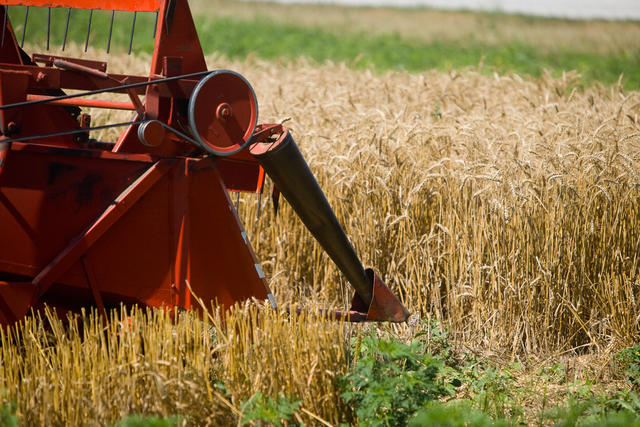Wheat yields surprisingly good
Wheat yields surprisingly good

With harvest nearing completion, 2012 average wheat yields, test weights and quality were good, which was a pleasant surprise to many producers.
With the mild winter, the winter wheat crop came out of dormancy early, which allowed it to grow more quickly than normal. Then, the major wheat-producing area of the state got hit with an April freeze.
“Everything looked really, really good until the freeze,” said Lloyd Murdock, extension soil specialist with the University of Kentucky College of Agriculture. “After the freeze, some producers began to recognize that they had significant freeze damage.”
That damage created a lot of yield variability within fields, said Curt Judy, Todd County agriculture and natural resources extension agent. He estimated that average yields were around 70 to 75 bushels per acre with yields varying within fields between the 40s and the 90s.
“As far as I know, there was not a field anywhere in the county that didn’t experience some level of cold injury,”he said. “Cold damage varied by the crop’s landscape position. Low-lying areas were hurt more by the cold; ridges and higher ground suffered much less injury.”
Murdock said one of his research plots at the UK Research and Education Center in Princeton had about a 10 percent yield reduction as a result of freeze damage. He suspects other fields at the center suffered similar yield losses.
One weather factor that had minimal, if any, impact on wheat yields was the extreme drought in Western Kentucky. The spring of 2012 was the second driest meteorological spring on record in Western Kentucky.
“Wheat tends to handle dry conditions very well,” Murdock said. “Because of the dry weather, we had almost no diseases as the lack of moisture prevented disease development.”
Crops Extension Weather


